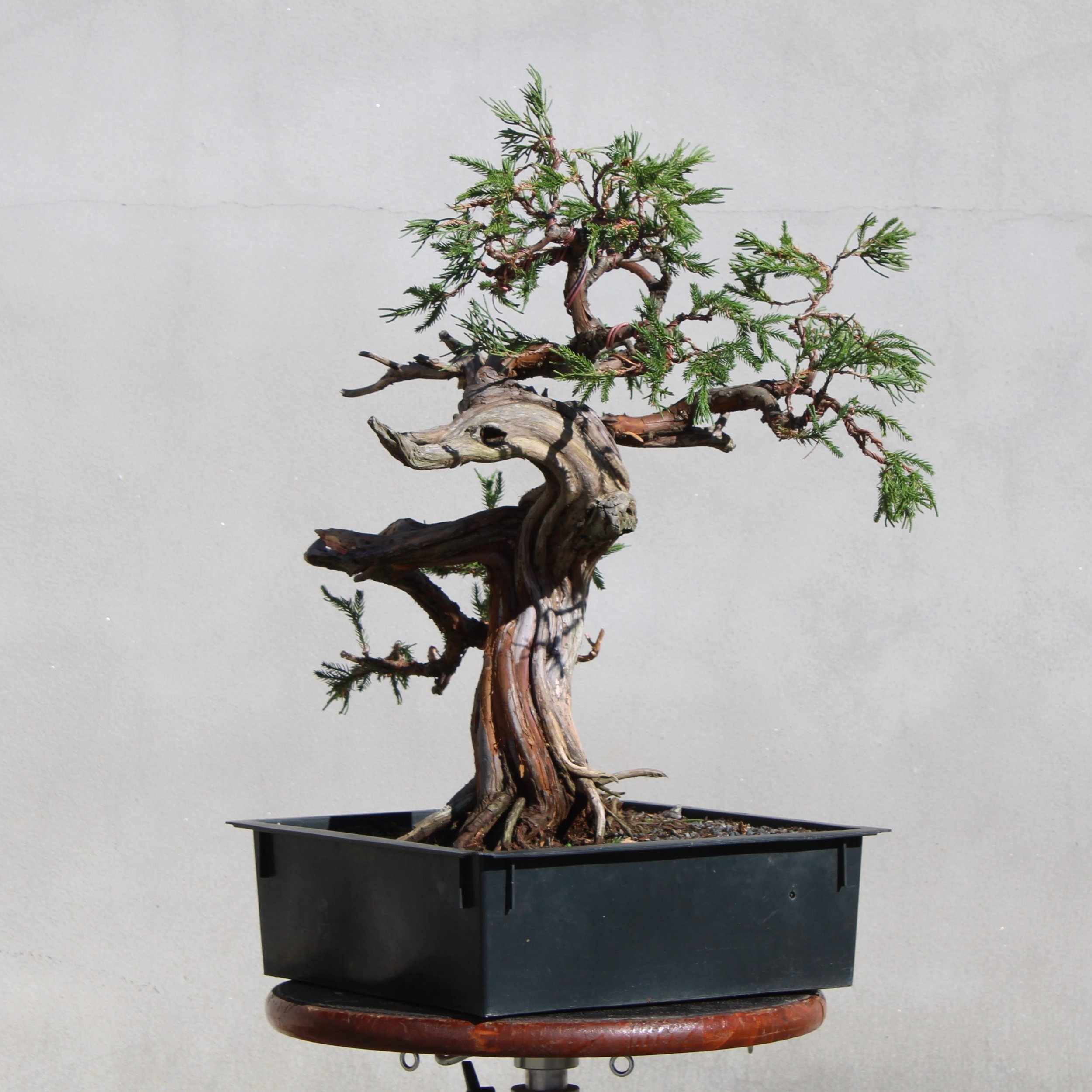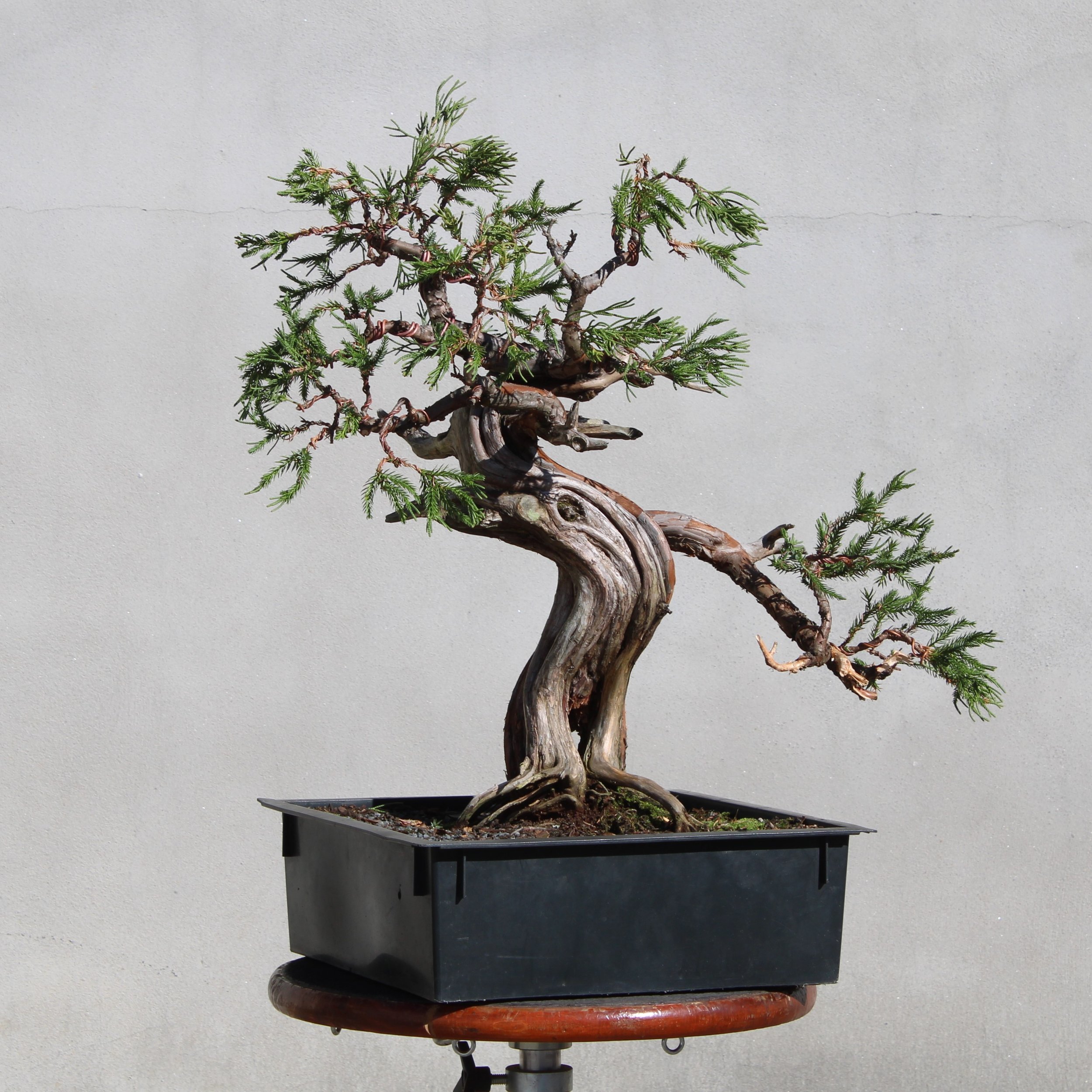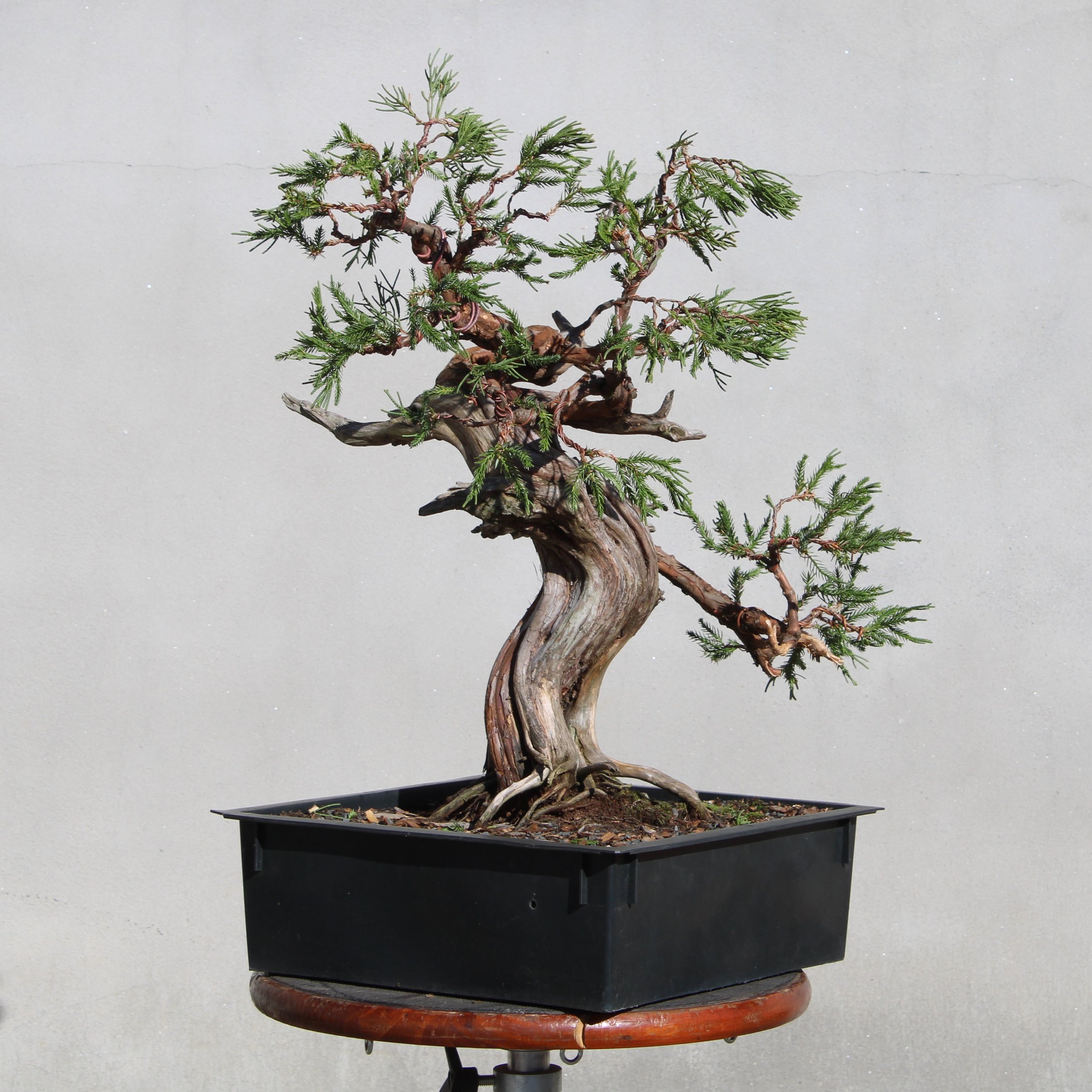January
Is there any month in the entire year that starts off so disadvantaged as January?
To begin with, having to follow in the wake of all the hubbub and excitement of the Christmas/Hanukkah/Kwanzaa/Solstice season is an unenviable assignment. People begin getting worked up about the activities at the end of December a good month or two beforehand. Any time there is that much buildup in anticipation of a particular event there is bound to be a feeling of exhaustion when the big occasion passes, or perhaps even a sense of disappointment or depression. Newton's Third Law states: For every action there is an equal and opposite reaction. Sir Isaac was probably not referring specifically to all the hooha at the end of the year, but he might have been. December climaxes in a shower of gifts and an explosion of fireworks, takes leave of the stage wrapped in full, rapturous glory, and then comes... January.
It's worse than that, though. In the festive spirit that is associated with the end of the year people are often tempted to excess, which they excuse by promising to make up for it with better behavior when the new year begins. This desired change will happen through some alchemy of willpower that has heretofore been lacking, combined with the transformational magic of "New Year". A person need not be guilty of any excessive behavior, either. It can be simply a matter of desiring personal improvement that is stubbornly difficult to attain - better eating habits, quitting a troublesome vice, learning a new skill - with the person in question repeatedly attempting to meet the challenge and viewing the start of the new year as yet another opportunity to do so. Apparently, the concept of a new year carries with it a sense of obligation to begin anew and become somehow better. Through no fault that can be rightfully attributed to the month itself, that burden of expectation falls squarely on the shoulders of January.
What is wrong with trying to improve? In a word, nothing. If contentment with things as they are were the dominant feature of the human condition, we would still be building shelters made of gathered sticks and getting eaten by wild animals, with our life expectancy topping out at about twenty years. Humans are strivers. We always want to be somehow better than we currently are. When people make New Year's resolutions they are promising themselves that they will work harder to be better. The problem is that self improvement seldom comes quickly or easily and usually involves some degree of failure. Failure typically leads to discouragement. The hopeful promises made with the best intentions in December all too often lead to the bitter taste of ashes in our mouth at some point in January.
Poor January. It is trapped in an illusion. The illusion is the idea of linear time.
When does a year begin? It begins with the month of January and lasts for twelve months, ending with the month of December. When does a month begin? It begins with its first day and ends with its last day approximately four weeks later. When does a week begin? It begins on Sunday and goes for seven days, ending with Saturday. When does a day begin? It begins at midnight, 12:00 am, and lasts for twenty four hours, ending at midnight. When does an hour begin? It begins at the end of the hour that preceded it, and lasts for sixty minutes. When does a minute begin? It begins at the end of the minute that preceded it, and lasts for sixty seconds. When does a second begin? It begins now and is already over.
All of the above is but a meager slice of the conceptual pie we have made out of what we refer to as time. Beyond the measurement of one year comes a decade (ten years), a score (twenty years), a jubilee (fifty years), a century (one hundred years), a millennium (one thousand years), an epoch (one million years), an aeon (one billion years), and on and on up to something called a yottasecond, which supposedly represents about 31,709,791,983,764,584 years. A few increments of time less than one second in length are known as a decisecond (one tenth of a second), a centisecond (one hundredth of a second), a millisecond (one thousandth of a second), a microsecond (one millionth of a second), a nanosecond (one billionth of a second), and on and on down to something called Planck time, which is presumed to be the shortest theoretically measurable time interval.
I suspect there are few people who can contemplate these orders of magnitude without having their brains explode, as mine does when I do. The numbers and phrases are part of humankind's attempt at understanding the parameters of time, but numbers such as 31,709,791,983,764,584 and phrases like Planck time have no correlation with everyday life as we know it. A calendar is a more understandable thing. It arranges time into twelve units called months made up of smaller units called days. These units play out in a predictable linear order. A calendar is a useful tool for organizing time based on earth's rotation around the sun, but time itself is not organized in any way and does not, as far as anyone can prove, have a beginning or an end.
If time is not linear and has no beginning or end, is it cyclical? Although I tend to think of time that way, physicists do not, and I go on the assumption that they know more about it than I do. As best as I can understand it, physicists say that time is an idea, based on a sensation, based on observation. Take a yottasecond to think about that.
When I think about it I keep coming back to the idea of time as cyclical. My observation of the physical world around us gives me the sensation that all of it - all of life - is on a circular path, and it keeps going around and around and around: Birth, growth, decline, death; birth, growth, decline, death. Tracking these turns of the cosmic wheel results in what we experience as the passage of time. Where is January in that cycle? Is January at the point of death or the point of birth? Perhaps the space between the two amounts to something less than Planck time. Looking at it that way makes January seem sort of special, but I don't think I'll mark the occasion by making any resolutions. Instead, I think I will take a walk outside and see what I find.
January is wintertime, generally cold and sometimes bitterly so, but there is something fresh and clean in the crisp austerity of a cold January day. This is the heart of the dormant season for temperate plants, but it is by no means a dull or dead time of year. Evergreens take center stage with pines standing out rich green among the bare-branched deciduous trees, while jewels of light shine brightly off the holly, laurel and rhododendron leaves. Insects are typically not present at this time and reptiles, amphibians and some mammals are hibernating or laying low. But many mammals are still active and birds of all types stand out by their color and movement. A January walk in the woods reveals vistas not seen in the denseness of the growing season, and the lay of the land is more clearly discerned in the depth of the visible distance. The light now seems different too, somehow softer but clear, and it reaches through the leafless canopy to touch places on the ground it never sees otherwise. At night the sharpness of the cold air seems to make the moon, stars and planets look brighter. The nights are longer than the days in January, but the tide is turning and with each passing day the sunlight extends just a little more as the darkness retreats.
When it comes to working on the bonsai, January has become one of my favorite times of year. All the temperate plants are dormant, or in the case of evergreens mostly so. Watering is minimal now, largely limited to the tropical portion of the collection, although the temperate plants still need monitoring and an occasional watering. This frees up a lot of time! That time is largely redirected toward doing intensive styling work with the bonsai, on both established specimens and trees in training. With deciduous leaves out of the way the structure of the trees can be seen and worked on more easily. This is the aspect of bonsai work that appeals most to many practitioners, because it is the most purely creative part of the process. It is satisfying, too, knowing that the bonsai receiving the work will stay just as we shape them for the duration of the winter. Work done on the plants during the growing season is quickly undone by regrowth, sometimes giving us a feeling of shoveling sand against the tide.
The bonsai garden is pretty quiet these days. Cleanup work continues as pockets of leaves blown into corners and crevices are gathered up and the last dried remains of late-season flowers are cut down when they finally wither into unsightliness. There is much pruning of woody landscape plantings to be done in the weeks ahead. The circumstances with them are not so different from what was previously described about working on dormant bonsai, with the seasonal bareness presenting an opportunity for structural development and the fruits of the effort being more long lasting. The pruning in that garden is a big part of what makes it special.
January is not so bad when you free it from its baggage.
The following gallery of images shows multiple views of a Parson’s Juniper (Juniperus parsonii) which happened to be the first project undertaken this January. The plant was collected about twenty years ago from a home landscape. It has been on a very slow track of development, and has continually evolved in its styling. This juniper has a great deal of dramatic deadwood which when refined and cleaned up will be the defining feature of the bonsai. (Click on any image for full view)








